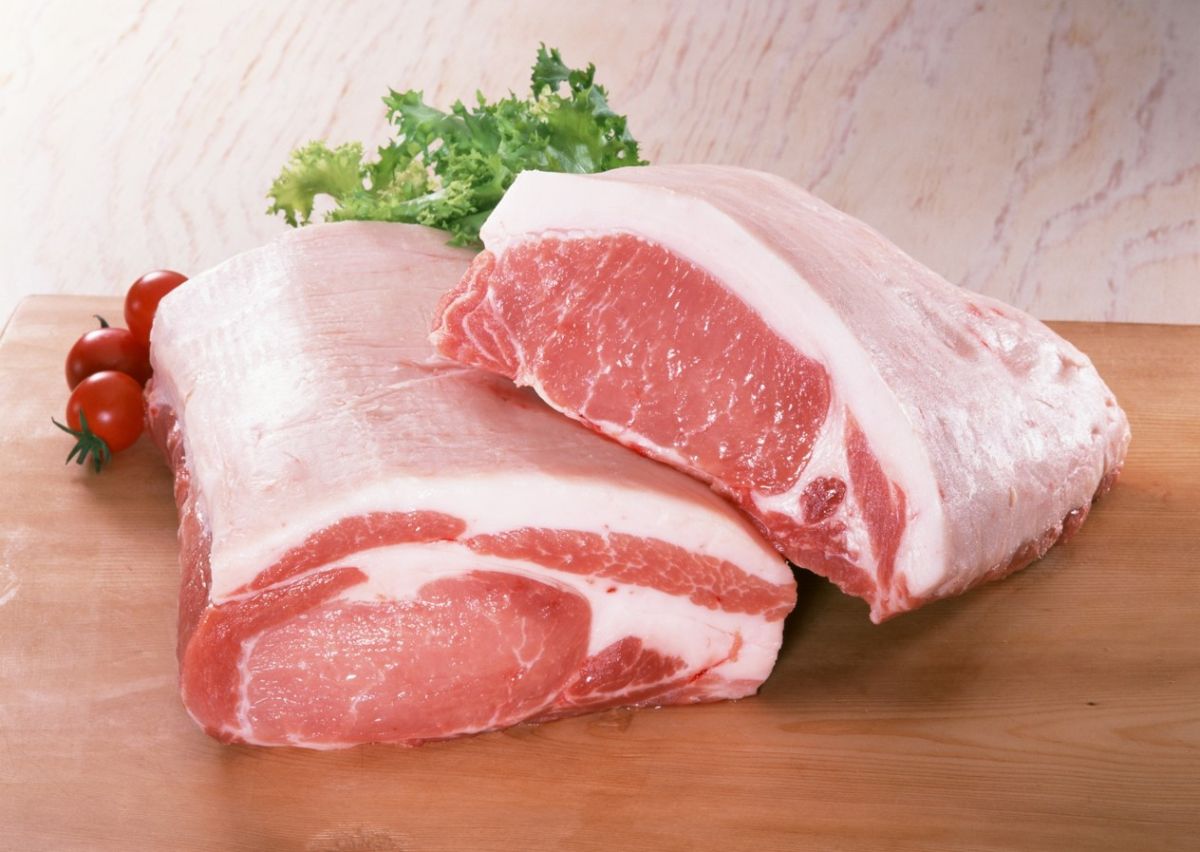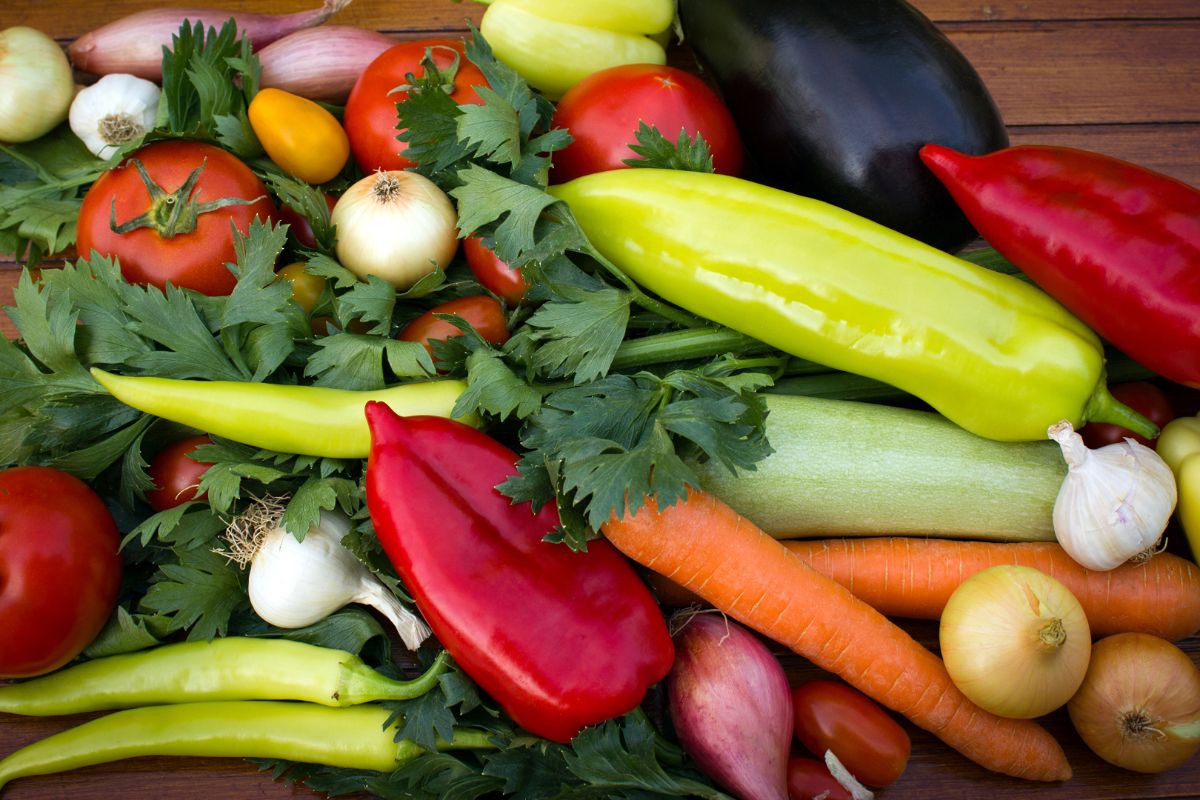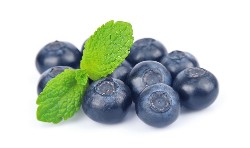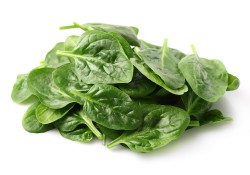What is mutton good for health — 6 proven facts
Mutton is the meat of adult domestic sheep (sheep). The meat of young lambs (up to 1 year old) is called lamb. Dishes based on mutton and lamb are popular in the countries of Central Asia, Mongolia, as well as in the Caucasus.
Meat is characterized by a high content of essential proteins, vitamins, minerals and other substances important for health.
Mutton has a number of beneficial properties and, when consumed regularly, helps to improve physical performance and gain muscle mass. Diseases from the blood, brain and thyroid gland are also less common.
6 useful properties
Below are 6 evidence-based theses on the benefits of mutton.
1. Rich composition
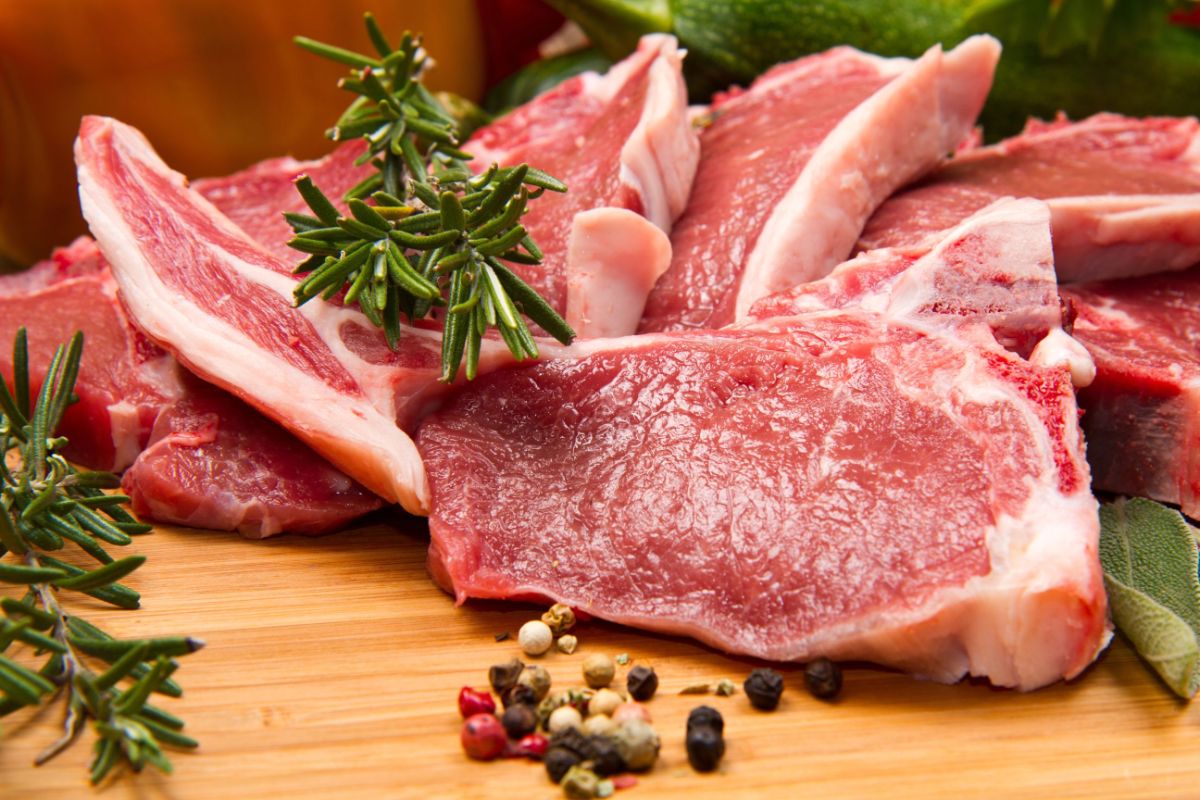
Lamb is a fairly high–calorie product (about 235 calories per 100 grams), consisting of 33% protein and 11% fat. There are practically no carbohydrates in meat.
Mutton protein contains all nine essential acids.
Conjugated linoleic acid is especially appreciated among fats. According to experts from Norway, linoleic acid helps to reduce body weight in obese or overweight people.
Also included in the mutton available a number of vitamins and minerals:
- Vitamin B12. Is necessary for the proper functioning of the central nervous system and ensuring the processes of hematopoiesis in the bone marrow. Deficiency of this substance can cause anemia and neurological disorders (funicular myelosis).
- Selenium. Possesses has a powerful anti-inflammatory and antioxidant effect, regulates the production of thyroid hormones.
- Zinc. Participates in metabolic processes, as well as in the synthesis of insulin and testosterone.
- Vitamin B3. Promotes reducing the risk of developing cardiovascular diseases.
- Phosphorus. Is a structural component of bone tissue, regulates the growth and development of the body.
- Iron. This mineral is found in lamb meat possesses high bioavailability. It is an important component necessary for Hemoglobin synthesis - oxygen carrier in the blood.
Meat also contains creatine (necessary for the growth and maintenance of muscle mass), taurine (improves the functioning of the cardiovascular system), glutathione ( Normalizes liver function ), cholesterol (an important component of cell membranes).
2. Maintaining and gaining muscle mass
 Any meat (including mutton) is a valuable source of essential protein.
Any meat (including mutton) is a valuable source of essential protein.
Proteins are extremely important for gaining and maintaining muscle mass. They must be included in the diet during the period of active physical activity, as well as in old age, when the risk of developing sarcopenia – atrophy of muscle tissues increases.
American scientists claim that the key way to prevent sarcopenia is to consume a sufficient amount of high–quality protein (about 120-150 grams per day).
3. Improving sports performance
 Mutton not only helps to maintain muscle volume, but also improves their performance.
Mutton not only helps to maintain muscle volume, but also improves their performance.
British specialists installed that mutton (as well as beef with pork) contains a large amount of a special amino acid – beta-alanine, which is used for the synthesis of carnosine.
Carnosine, according to research , improves the quality of performing any physical exercises, reduces the severity of fatigue after training.
Belgian experts claim that eating mutton for 9 weeks increases carnosine levels by 55%.
4. Prevention of anemia
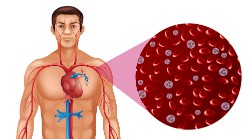 Anemia is an extremely common pathological condition in which the amount of hemoglobin and (or) red blood cells in the blood decreases.
Anemia is an extremely common pathological condition in which the amount of hemoglobin and (or) red blood cells in the blood decreases.
The most common cause of this disease is a deficiency of iron or vitamin B12 in the body due to various reasons (malnutrition, diseases of the gastrointestinal tract or bone marrow).
Mutton provides the body with a large amount of vitamin B12 and iron, which are involved in hematopoiesis.
According to According to the University of Chile, mutton contains heme iron, which is perfectly absorbed from the lumen of the gastrointestinal tract. It also increases the bioavailability of iron from plant foods.
Vitamin B12 is equally important. With its deficiency, not only hematopoiesis suffers, but also the central nervous system. In this case, the integrity of the myelin sheaths of nerve fibers is violated and numerous neurological symptoms appear.
5. Strengthening teeth
 According to information
Russian scientists, mutton contains a large amount of fluoride (2 times higher than in beef).
According to information
Russian scientists, mutton contains a large amount of fluoride (2 times higher than in beef).
This mineral is a structural element of tooth enamel, therefore, it helps to maintain its integrity, increases resistance to mechanical stress (eating hard food, injury).
In addition, fluorine prevents the appearance of carious processes and helps to reduce the progression of existing ones.
6. Normalization of the brain
 Lamb meat contains almost all B vitamins (B1, B2, B3, B5, B6, B9, B12), which are extremely important for the functioning of the central nervous system.
Lamb meat contains almost all B vitamins (B1, B2, B3, B5, B6, B9, B12), which are extremely important for the functioning of the central nervous system.
Scientists discovered that the inclusion of sufficient amounts of these vitamins contributes to the improvement of the cognitive sphere ( memory , attention , thinking) and visual-spatial perception.
Is celebrated preventive effects on the development of degenerative diseases such as Pick's and Alzheimer's disease. Mutton also reduces the severity of Depressive disorders and the risk of stroke, improves stress tolerance.
Harmful properties
 Of course, mutton is a valuable and nutrient–rich food product that has many proven medicinal properties.
Of course, mutton is a valuable and nutrient–rich food product that has many proven medicinal properties.
But undesirable effects can also develop, especially with excessive use. These include:
- Increased risk of developing cardiovascular diseases. Some research identified there is a direct relationship between the frequency of consumption of red meats and the risk of manifestation of pathologies from the heart and blood vessels.
- The development of oncological diseases. Mutton contains a number of toxic substances (their number increases especially during frying), which increase the likelihood of malignant transformation of body cells. For example, there is evidence for cancer of the colon and rectum , mammary glands for women, of the prostate gland for men.
- Obesity. Irrational consumption of mutton inevitably leads to an increase in the volume of fatty tissue in the body. The product is contraindicated in the presence of obesity or overweight.
- Allergic reactions. Are extremely rare, as mutton is considered a hypoallergenic type of meat.
As well as mutton is not recommended for consumption under the age of 2 years and over 90. In the first case, the product will cause an overload of the digestive system, in the second – a violation of the absorption of all nutrients and the development of dyspeptic disorders (diarrhea, bloating, spastic pain).
Application in cooking
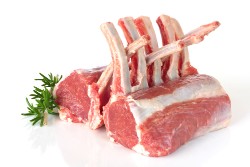 There are several most common types of mutton:
There are several most common types of mutton:
- Dairy lamb meat – obtained from animals under the age of 2 months (considered a delicate and mild delicacy);
- Meat of young lambs (the animal was slaughtered at the age of 3 months to 1 year);
- Mutton proper is the meat of sheep slaughtered over the age of 1 year (it is less tender and has a hard consistency).
When cutting, many different parts of the carcass are obtained, which have their own cooking characteristics:
- Loin. Represents the dorsal muscles on the ribs. It is usually used for frying.
- Neck part. To be boiled or stewed, is an ingredient for cutlets or medallions.
- Shoulder meat (shank ). It contains a large amount of tendons and connective tissue. This area must be boiled or simmered for a long time. It is used for making jelly, rich broths.
- Ham . Great for baking, grilling or frying, slicing kebabs.
- Shoulder blade. Just like the shank, it differs in a large amount of connective tissue, it is twisted into minced meat, which serves for cooking cutlets.
- By-products (liver, heart, kidneys, lungs) . They can be consumed in their pure form (after frying) or used to make cutlets or sausages.
- Chicken fat or chicken fat. Is used in culinary business for cooking oriental dishes. This type of fat does not freeze at room temperature.
In general, a large number of dishes can be prepared from mutton: soups, pilaf, stew, roast, kebab, shish kebab, cutlets, chops, sausages, hash, shurpa.
Conclusion
- Thus, mutton is not only delicious, but also an extremely nutritious product that contains a large amount of high–quality protein, vitamins and minerals.
- Regular intake of meat helps to maintain and gain muscle mass, increase physical performance, and normalize the functioning of the brain and thyroid gland. The risk of anemia is significantly reduced.
- The product has a number of contraindications and side effects that need to be considered.
